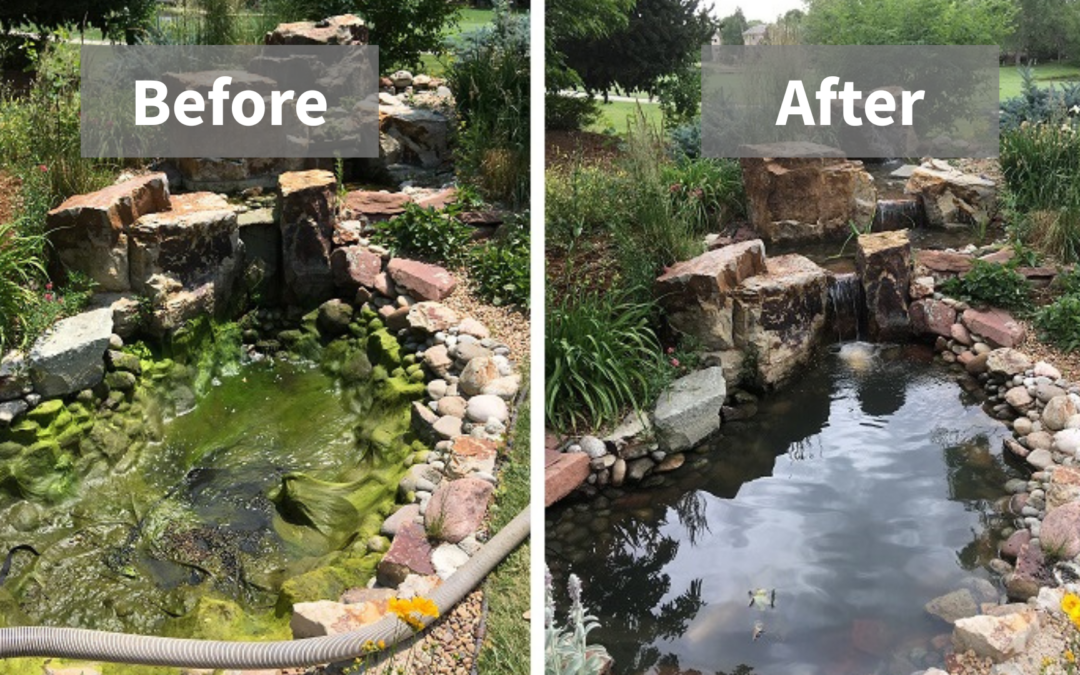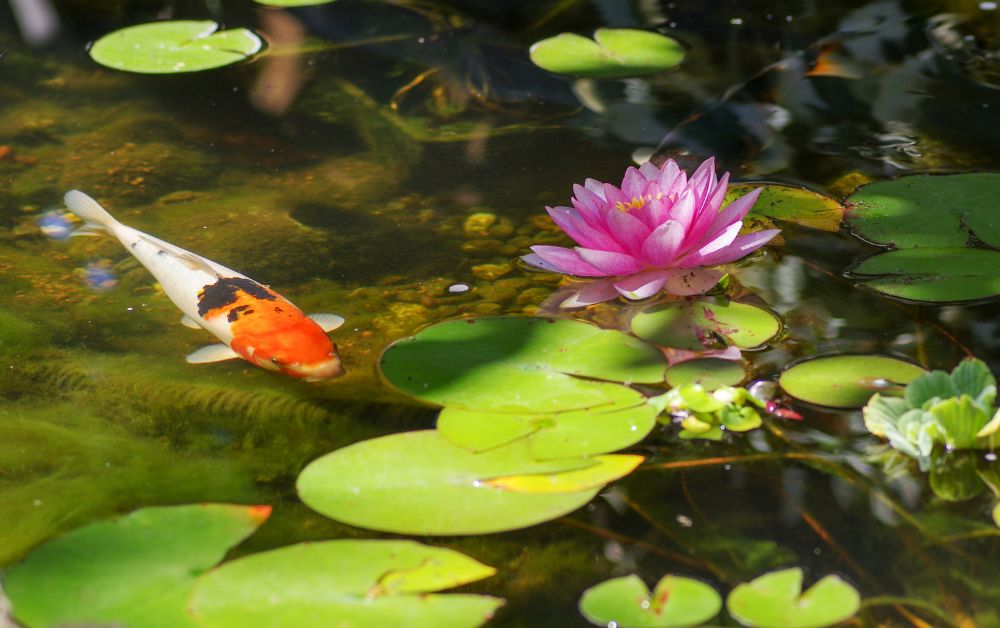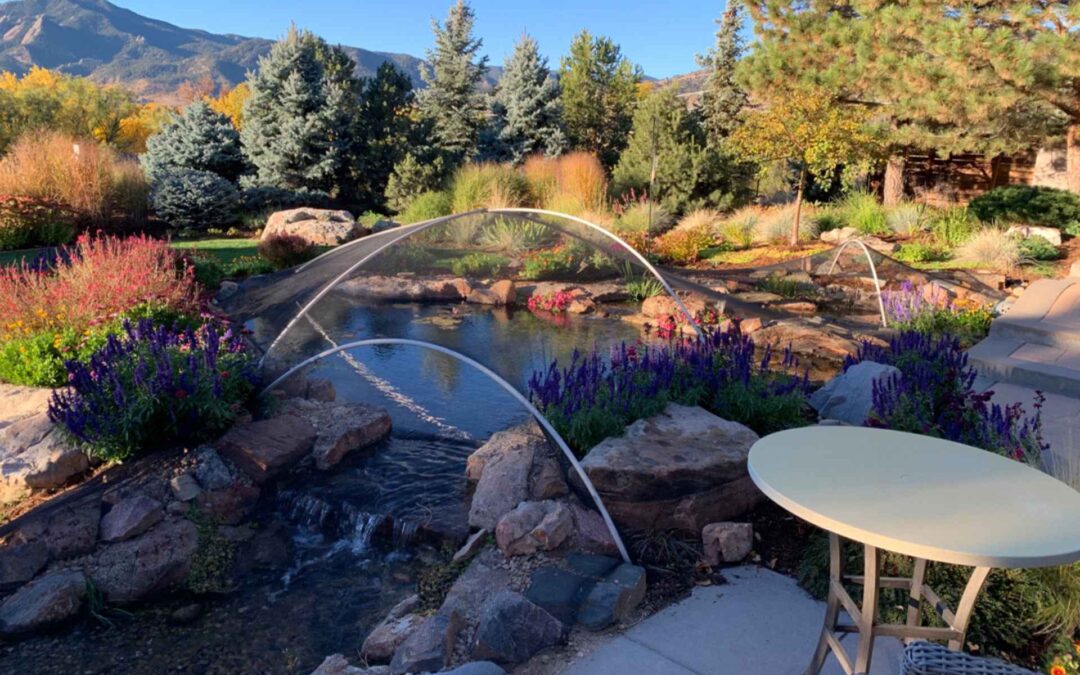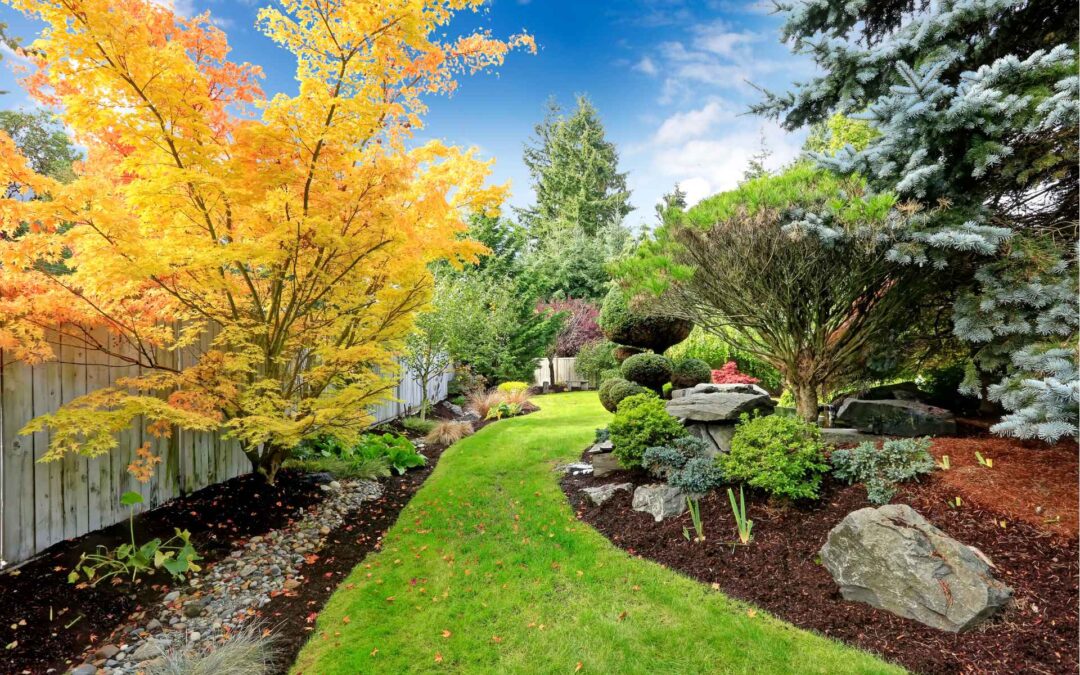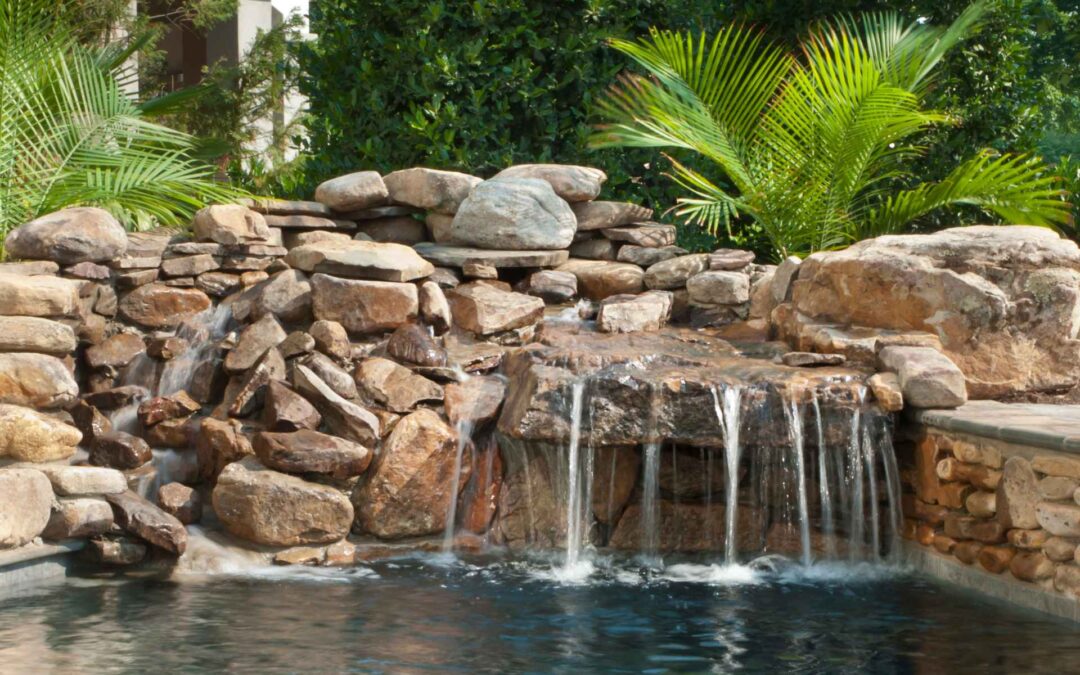Lily pads are a favorite for so many reasons. They add dimension to the water, the flowers are always a surprise of beauty, and because of the many varieties of water lilies, they can come in almost every color and many sizes, too. These plants grow from tubers (or rhizomes) and prefer to be about 24-inches deep in fresh water.
Different types of water lilies thrive in different planting zones. The United States Department of Agriculture (USDA) has divided the country into different “hardiness zones” or areas with a certain range of “annual minimum temperatures.” Most of Colorado is considered Zone 5, which gets down to between -10°F and -20°F. When purchasing plants, look for hardy water lilies. These will overwinter here in Colorado.
Tropical lilies can be fun, and some of them even bloom at night. However, they will not return after the winter as they cannot withstand the cold.
These white beauties are actually miniature water lilies. Each flower is less than 3 inches across. These are wonderful for small ponds or even for container water gardening.
Lily pads provide excellent surface coverage for ponds. This protects the fish from predators, provides them the option of shade, and helps keep the temperature of the water more consistent. This picture and the one above are from Kristi’s backyard pond!
Have You Considered Water Lilies For Your Backyard Pond?
Have you ever wondered about purchasing lilies and putting them into the pond on your own? Here are some things you’ll need to know.
How Much Do Lilies Cost?
Water lilies for your backyard pond cost anywhere from $25 to $170 at local nurseries, and there are specialty varieties that may cost even more. You can also purchase lilies online and have them sent to you.
Some nurseries sell 1- to 2-inch tubers planted in a 4-inch pot. These may cost less, and though young plants, they will do great in the long run. When you purchase a more expensive lily in a nursery, remember that if it is in a larger pot and has robust stalks and leaves, it is a more mature plant. Mature plants have had time and good care. That is why they’ll cost more.
What To Look For When Buying A Water Lily
Look for plants that appear healthy and well taken care of. The leaves should not be damaged and the stalks should be roughly the width of a pencil.
Potting And Fertilizing
Water lilies can be potted in specific aquatic soil or clay-like soil. A plastic pot with no holes is ideal. Pots with holes do work, but the roots grow through the holes making it more difficult to repot later. The tuber should be placed with the non-growing end right up against the pot wall (not in the center of the pot as some plants are potted). With the non-growing end of the tuber up against the pot wall and the growing end towards the center, add the soil, but do not cover the crown of the plant (or where the plant is growing out).
Lilies need to be fertilized every month or given a time-release fertilizer to keep flowers at their best. Put in slow-release fertilizer by pushing the small fertilizer tabs down into the soil. Place 3/4″ gravel over the soil to help keep it in place.
Carefully and slowly put the pot into the water ensuring the whole thing doesn’t float out of the pot. It’s a good idea to start with it in very shallow water, moving it deeper each day until it is at 24-inches below the surface.
Spent Flowers
Did you know flowers will bloom every day for 4 to 5 days? They open slowly in the morning and close for the night as early as 4:30! If you see a bud under the water and are wondering if it will flower or if it has already, lift the bud out of the water and give a gentle but quick squeeze to it. If it squirts out water, it’s dead, clip it off at the root ball. A firm bud that does not squirt water will flower soon!
Best Way To Remove Lily Pad Leaves
The best way to remove lily pad leaves is to wait for them to get brown and slightly mushy. At this point, they are really easy to remove. Simply pinch the stem just under the pad and give a quick tug. It will come right off. If a leaf is not ready to come off it will not be easily pulled.

Hail Damage
The center picture above, with the pink flowers, shows lily pads that have been damaged by hail. If we know we are going to get hail, I put down a mat over the lilies to protect them. However, hail is usually a surprise. If your lilies suffer hail damage, do not remove all the damaged lily pads at once. As long as the pads are green, they are processing sunlight into nutrients!
You can leave them, and the plant will produce new lily pads. As the new ones come in you can remove the old ones. As long as they are green they are still providing energy to the plant. Removing them all at once could kill the plant.
First Spring Leaves
Did you know that the first lily pad leaves that come out in the spring are smaller and often red? The next leaves will be larger and green.
Nets To Protect From Koi
Once in a while koi will eat the lily pads. Make sure you are feeding the koi enough! If the koi still won’t stay away from your lily pads, you can purchase a Floating Plant Protector Net that protects the lilies from the fish.
Over Wintering
Hardy lilies will go dormant during the winter. Therefore we recommend cutting them back to about 6-inches above the root ball in late fall. Move them to the deepest part of the pond for the winter. Never leave them where the root ball can freeze. They can stay in the pond all winter and will come back in the spring. If possible, relocate them to the deepest point of the pond for the winter. Then, move them to 24- to 18-inch depth in the springtime.
Ongoing Care
Lily pads will burst out of the pot if not repotted now and then. Every 2 or 3 years the lilies will need to be divided. They do best when they are divided in the fall.
Signs they need to be re-potted
- Small leaves
If the leaves (pads) are growing much smaller than they had been, clip off all the undersized pads at the very base. Then, pull out the tuber, find the nodes on them (sort of like a new potato eye), and cut them off. This allows the energy of the plant to be back on the big pads and flowers. Put the tuber back in the pot, and return it to the water.
- If you’d like to make new plants
If desired, the tuber can be cut into multiple pieces to start a new plant. Make sure a new node or “eye” is on each piece.
- Tubers are growing out of the pot or overcrowding
Take the pot out of the pond and hose off the soil. You will be able to see that there are different rhizomes. You’ll need to cut these into separate pieces, keeping the most healthy-looking ones and discarding the others.
Fun Lily Pad Facts!
Victoria Water Lily
This is a picture of a Victoria lily pad. These water lilies are tropical and would be considered an annual in Colorado. They can grow lily pads 6-feet wide, and in the right environment, up to 10-feet across! These can provide animals a shelf to sit on in the middle of the water and have been known to hold up to 65 pounds afloat.
You can see the size of this lily pad compared to the more common lily pads right next to it. The Victoria water lily can produce from 2 to 10 lily pads and their flowers can be up to 16-inches across!
Lotus Vs Lily Pad
People often confuse Lotus and Lily pad plants. Though they are both beautiful, yet invasive, water garden plants, one difference between them is that Lotus leaves stand up over the water, whereas Lily pads float right on the water.
Want to know more about aquatic plants? Click here!
Pro Tips:
Did you know that lily flowers bloom each day from about 9:30 a.m. until 4:30 p.m? Then, they close and re-open each day for about 4 days.
There is special water lily soil that can be purchased at a plant nursery or bought online.
Putting smooth round rocks or cobblestones over the dirt in the lily pot helps to keep koi out. They will often pull up a newly planted lily.
If the lily soil is not soaked in water before using, the whole plant along with the soil may float right out of the pot when placed into the pond.
Most aquatic plants are not available for purchase until early to mid-May.
Purchasing and repotting lilies is a lot of work. If you have a whole pond cleanout coming up, we can do the work for you. Contact us, and let us know at least a week ahead of you want an aquatic lily!
How Else Can Colorado Pond Pros Help You?
We love our jobs and are excited to help you with your backyard pond installation, pond service, and repair! And as the pond experts, we have plenty of advice and info on landscaping as well. Contact us today for help tending to your pond or installing a new one!
Whether we’re talking outdoor gold fish ponds, pondless waterfalls, cleanouts, renovations, or aquatic plants, we’ve got oodles of experience and enthusiasm to share! Just take a look at our blogs Spring and Your Pond: Be Ready for Predators!, New to Mature Pond: Does My Pond Have to Have Plants? and Ash In the Pond?


